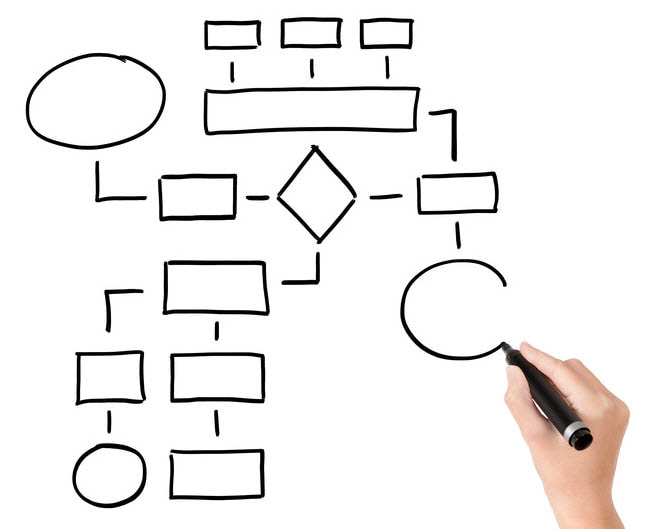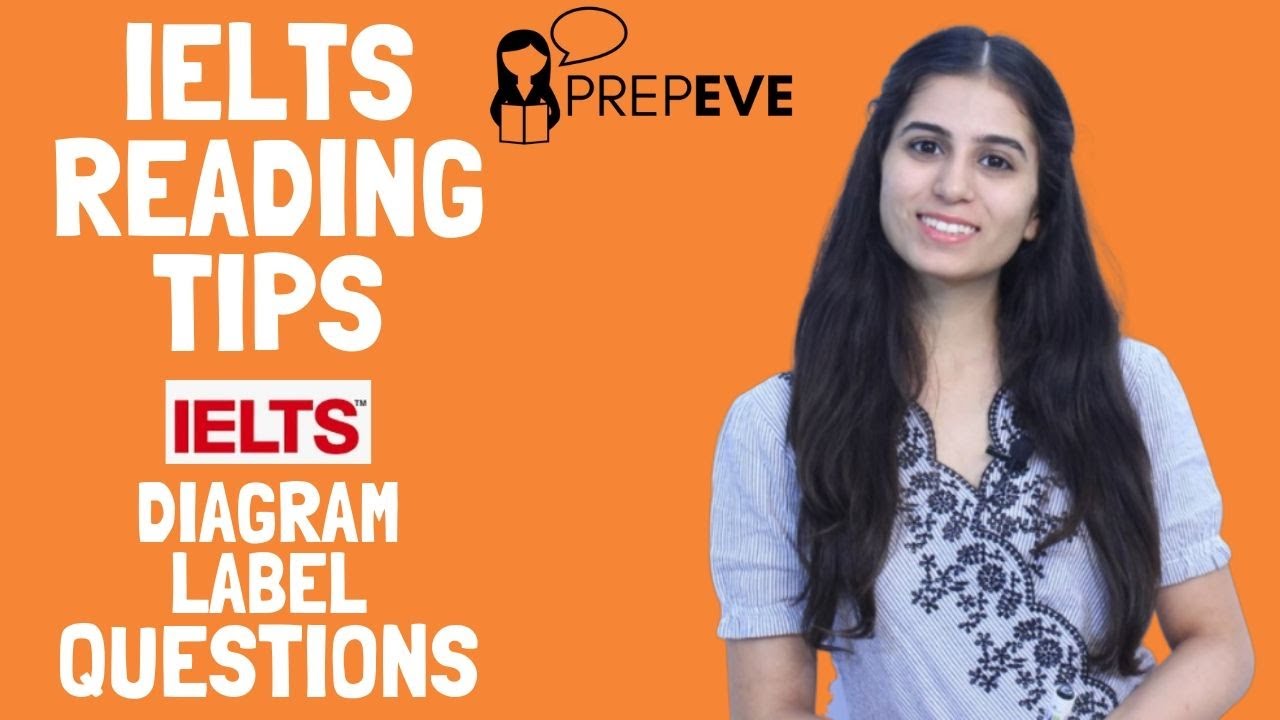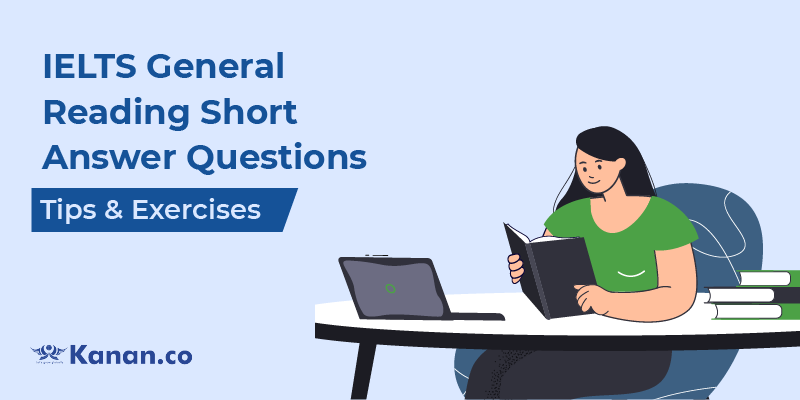Free Course (Reading) Module
Lesson 12: Table Completion

The IELTS Reading Table Completion question is a task where candidates are required to complete a table by filling in missing information using the text provided. The table usually consists of headings or categories and the missing information is usually in the form of words, phrases or numbers.
This type of question assesses a candidate's ability to comprehend and understand information from a written text, as well as their ability to identify specific details and information within the text. Additionally, it also tests their ability to follow instructions and use logical reasoning to determine the missing information.
To successfully complete this task, it is important for candidates to carefully read and understand the text, paying attention to the key words and details. It is also essential for candidates to closely follow the instructions provided in the question stem, such as word limits and whether answers should be in singular or plural form.
Effective time management is also crucial for success in this task, as candidates are required to complete the task within a set time limit. Therefore, it is recommended that candidates practice their reading skills and time management techniques to effectively complete this type of question in the IELTS Reading test.
How to solve the module
Here are some steps to solve IELTS reading table completion questions:
- Step 1: Read the instructions carefully and note how many words you are allowed to use for each gap. For example, if the instructions say “use no more than three words”, you can use one, two or three words from the text, but not more than that.
- Step 2: Read the table and understand the layout and the headings. Identify the type of information you are looking for, such as dates, names, numbers, adjectives, nouns or verbs21.
- Step 3: Skim the text quickly to get a general idea of the topic and the main points. You can also read the first and last paragraphs of the text and the first sentence of each paragraph to get a sense of the structure and the theme3.
- Step 4: Scan the text for keywords or phrases that match or paraphrase the information in the table. Use numbers, capital letters, synonyms or other clues to locate the relevant parts of the text.
- Step 5: Read the sentences around the keywords carefully and compare them with the information in the table. Choose the appropriate words from the text to fill in the gaps. Make sure they fit grammatically and logically in the table.
- Step 6: Check your answers and make sure they are spelled correctly and follow the word limit. Do not use synonyms or change the words from the text.
- Step 7: Check for grammatical and syntactical correctness: Make sure the missing information you have identified fits grammatically and syntactically with the rest of the sentence or paragraph.
Example of the module
Okay, I'll try to create that. Here is a sample IELTS Reading Table Completion question with passage:
**Passage:**
The Benefits of Reading
Reading is one of the most beneficial and enjoyable activities that anyone can do. It is a skill that can help you throughout your life, from school to work to leisure. Reading can improve your vocabulary, comprehension, memory, concentration, creativity and critical thinking. It can also reduce stress, enhance your mood, increase your knowledge and stimulate your imagination.
There are many types of reading materials that you can choose from, depending on your interests and goals. You can read fiction or non-fiction books, magazines, newspapers, blogs, websites, comics, graphic novels or anything else that catches your eye. You can read for pleasure or for learning, for entertainment or for information. You can read alone or with others, silently or aloud, online or offline.
Whatever you choose to read, you should try to make reading a regular habit. The more you read, the more benefits you will gain. Here are some tips to help you develop a reading habit:
- Set a goal for yourself. Decide how much time you want to spend reading every day or every week. You can also set a target for the number of books or pages you want to read in a month or a year.
- Find a comfortable and quiet place to read. Avoid distractions such as TV, phone or noise. Make sure you have enough light and a good posture.
- Choose books or materials that interest you. You are more likely to enjoy reading if you are curious about the topic or the story. You can also ask for recommendations from friends, family or librarians.
- Vary your reading. Try different genres, styles and formats. You can also read in different languages if you are bilingual or learning a new language.
- Challenge yourself. Don't be afraid to read something that is above your level or outside your comfort zone. You can learn new words, ideas and perspectives from reading challenging texts.
- Keep track of your reading. You can use a journal, a spreadsheet or an app to record what you have read, when you have read it and what you have learned from it. You can also write reviews, summaries or reflections on your reading.
- Share your reading. You can join a book club, a reading group or an online community to discuss your reading with others. You can also recommend books to your friends or family or give them as gifts.
**Question:**
Complete the table below with information from the passage. Write no more than two words for each answer.
| Type of reading | Purpose | Example |
| --- | --- | --- |
| Fiction | (1) _________ | (2) _________ |
| Non-fiction | (3) _________ | (4) _________ |
| Comics | (5) _________ | Graphic novels |
**Answer:**
| Type of reading | Purpose | Example |
| --- | --- | --- |
| Fiction | Pleasure/entertainment | Novels |
| Non-fiction | Learning/information | Magazines |
| Comics | Entertainment/curiosity | Graphic novels |
Expert tips for the module
Here are some one liner tips for IELTS Reading Table Completion questions:
- Read the instructions carefully and follow the word limit.
- Choose the exact words from the text to fill in the gaps.
- Do not use synonyms or change the form of the words.
- Check your spelling, grammar and punctuation.
- Make sure your answers fit logically and grammatically in the table.
Next Lessons
Previous Lessons
Speaking Services
starts from $1
culpa id cupidatat et dolore est sint voluptate irure incididunt tempor ex est labore dolor commodo amet voluptate qui incididunt cillum occaecat cupidatat
Assess NowWriting Services
starts from $1
culpa id cupidatat et dolore est sint voluptate irure incididunt tempor ex est labore dolor commodo amet voluptate qui incididunt cillum occaecat cupidatat
Assess Now


